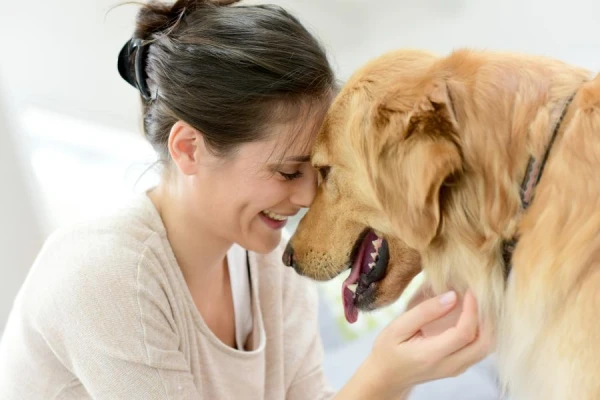
Gray hair in humans occurs not only with age but also under the influence of stress: stress hormones cause stem cells responsible for the formation of melanocytes to leave hair follicles, resulting in pigment cells ceasing to renew, and hair becoming colorless. However, graying is not only observed in humans; many dog owners notice that their pets, especially on the face, are getting gray hair. Perhaps, for dogs, graying is also related not only to age but also to life experiences?
The authors of the study published in the journal Applied Animal Behaviour Science confirm this hypothesis. Researchers visited several veterinary clinics and other places where dogs could be found with their owners, and each owner who agreed to participate (about four hundred) was offered a questionnaire consisting of forty-two questions regarding the dog's behavior, age, and health status. After that, the dogs themselves were photographed several times.
Based on the responses to the questions, a psychological profile of each dog was created: whether it tends to destroy things when left alone; whether it feels fear when encountering a group of people or, on the contrary, approaches them; whether it loses fur during a visit to the veterinarian, and so on. The impulsivity of the animals was assessed separately, meaning whether the dog likes to jump on people, whether it continues to be active after a walk — all of this was done to determine the level of nervousness and anxiety of each pet.
The responses were compared with the photographs of the dogs, and the researchers looked for gray hair on their faces (elderly dogs that might have grayed simply due to age, as well as light-colored dogs where it was difficult to distinguish normal hair from gray, were not considered). To enhance the reliability of the assessment, independent observers who had never seen the dogs in the photographs were involved and were required to evaluate the degree of graying on a three-point scale.
In fact, the most anxious dogs — those that reacted strongly to loud noises, unfamiliar people, and similar stimuli — turned out to be the grayest; moreover, females were, on average, grayer than males. On the other hand, the degree of graying did not depend on the size of the dogs or their medical history. The results obtained may be useful for those whose work involves dogs: for example, when encountering an unfamiliar dog, one can immediately understand how nervous it is by looking at its face.













